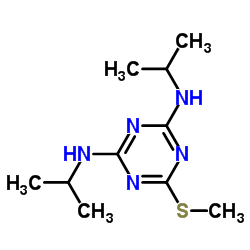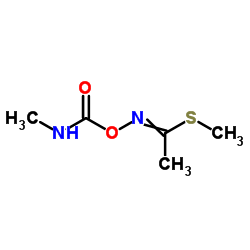| Structure | Name/CAS No. | Articles |
|---|---|---|
 |
Prometryn
CAS:7287-19-6 |
|
 |
methomyl
CAS:16752-77-5 |
|
 |
aldicarb
CAS:116-06-3 |
|
 |
Dysprosium
CAS:7429-91-6 |